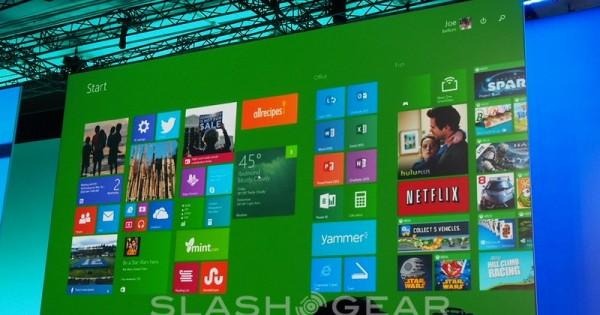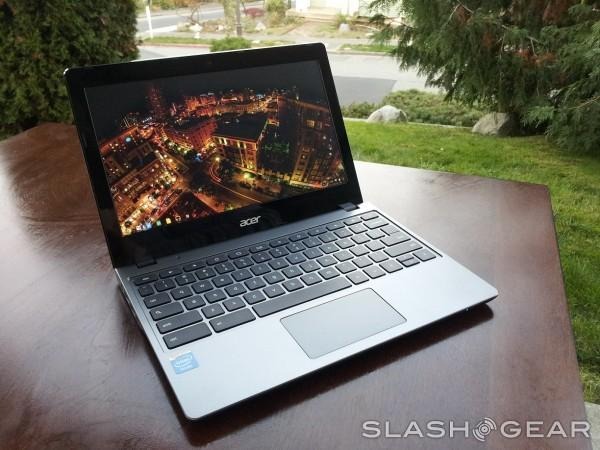Life After Windows XP: Refresh, Replace, Reuse
Windows XP is either dead or dangerous, depending on who you ask, but no matter which it's about time to move away from the old platform before stalled security updates leave you open to hacks. Upgrading to Windows 8.1 may be the most obvious option, but it's not the only one: head on past the break as we look at how you can refresh your existing XP computer, discuss replacing it, and explore some safer ways to reuse the hardware you already have.
Refresh
Upgrading from Windows XP to a newer version is undoubtedly Microsoft's preferred option, for those hoping to get away from the end-of-life OS. Officially, Microsoft isn't selling Windows 7 as an upgrade, but you can still find copies on Amazon and elsewhere.

Easier is going straight to Windows 8.1, with Microsoft offering a direct download for $119.99. Shop around online, however, and you can find Windows 8.1 upgrades for more like $80. Your current PC will need to have 1 1GHz or faster processor, 2GB of memory, 20GB of hard-drive space, a video card capable of 1366 x 768 resolution or higher and DirectX0 graphics, and you'll need internet access to actually download the OS.
While Windows 8 was dinged by some for being touch-centric, seemingly prioritizing those using the software on tablets and touchscreen all-in-ones, Windows 8.1 takes a much-welcome step back to keyboard and mouse use. In fact, you can even bypass the Live Tile based Start menu in favor of a more traditional desktop, which might help ease you out of XP.
Replace
Let's face it, with Windows XP more than a decade old, it might be time to replace your existing computer with something a little fresher. The obvious option is a new Windows PC, with manufacturers like Dell and HP offering laptops from $299.99 that, while entry-level in their specifications, are nonetheless likely faster than the computer you're replacing.

However, if it's Windows XP's simplicity – and Windows 8's culture-shock – that has kept you from upgrading before now, it might be worth considering something different. Google's Chrome OS has matured into an easily-recommended alternative to Windows and OS X, not to mention an affordable one.
We're fans of Acer's C720 Chromebook which comes in at just $229, though Samsung's upcoming Chromebook 2 range are neatly designed and come in a choice of sizes.
Reuse
If your budget amounts to zero dollars, or thereabouts, and upgrading either software or hardware isn't an option, there are still ways to get a fresh computing experience without the security perils of Windows XP.

A "Live USB stick" or "Live CD" is effectively an OS on a USB memory key or CD/DVD, usually Linux-based, and designed to plug into an existing computer but run instead of its own software. The upside is simplicity and cost – if you have a spare USB stick already, you can usually download the software free – as well as security.
Most of the time the key runs in read-only mode, which means you get effectively a fresh install every time you turn on your computer.
Paired with free web services like Google Docs, which keep your content in the cloud, they're a quick way to leave Windows XP behind. Knoppix is probably the easiest, coming with OpenOffice, image editing software, and more, and all ready to install onto a CD, DVD, or USB stick.
Wrap-Up
Whichever route you take, the important thing is not to be left behind on Windows XP. Microsoft may still be releasing anti-malware updates for another year, but you won't get security patches, and that's inevitably going to lead to holes in the OS that the unscrupulous will exploit.
Let us know how you're handling the Windows XP changeover in the comments!
